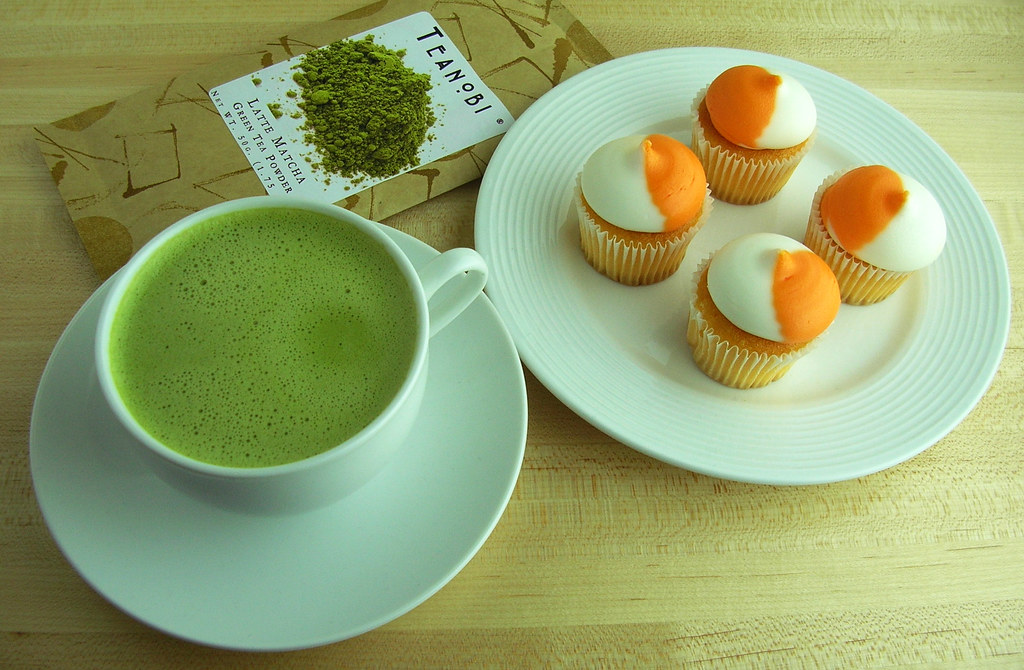So what’s that green drink everyone is obsessed with? Well it’s the ground up green tea leaf goodness that hails from Japan. This elusive powder is rather scarce, there’s only so many farms that grow its leaves in Japan, given its requirements to be grown in very specific and harsh conditions.
Each leaf is handpicked and must be absolutely perfect, to be then ground up in a stone mill that produces only a few grams an hour. It’s high in demand, so getting good quality is rather pricey, but so incredibly worth it, and I’m not only speaking from my taste.
The truth is that high quality matcha also has insane health benefits. Its richness in antioxidants promotes heart health and reduces the risk of chronic diseases, such as cancer and heart disease. It also excels in improving cognitive function; it promotes relaxation, improves alertness, focus, and memory.
Another very big point is weight management, studies show that matcha boosts metabolism and reduces calorie intake, the epigallocatechin gallate (EGCG) and other antioxidants in it also help regulate blood sugar levels.
Nowadays you can walk anywhere and see someone holding a Starbucks or Dunkin matcha, but they truly do not even realize their drink is simply inauthentic. You see, not only is the powder not good quality, but the method of preparation is awful as well. Matcha is meant to be prepared in a very specific way, hand whisked with a bamboo whisk (and a small amount of water) called a chasen typically with 80 prongs for a beginner and around 100-120 prongs for a finer and more delicate texture as well as extra foam. There are even specific whisking motions that you must use, and it is to be whisked in a special bowl called a chawan. These cafes tend to just straight up blend in into a latte though. They throw a heap of that low quality powder into a blender with the other latte ingredients and present to you a cup that may still have small granules and clumps of powder lingering around, and believe me that is absolutely not pleasant.
I mean come on if you don’t want sand in your mouth at the beach then genuinely why would you want a powdery clump of matcha to come through your straw?
The nice part of telling real from fake though is that you can simply look at the color most of the time and know, if dull and pale then it’s of terrible quality, but if your powder is a deep vibrant glowy green then you’ve scored.

